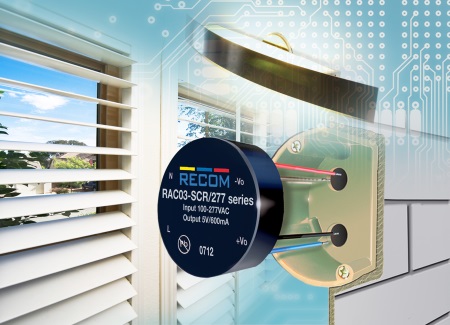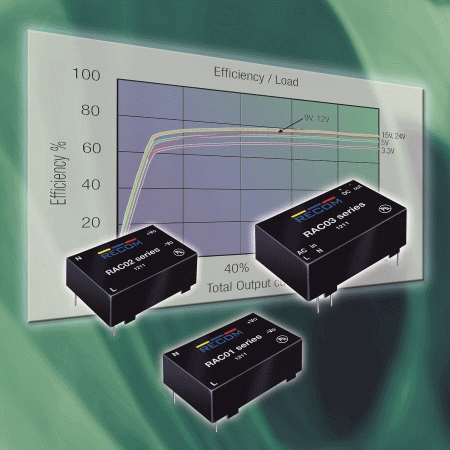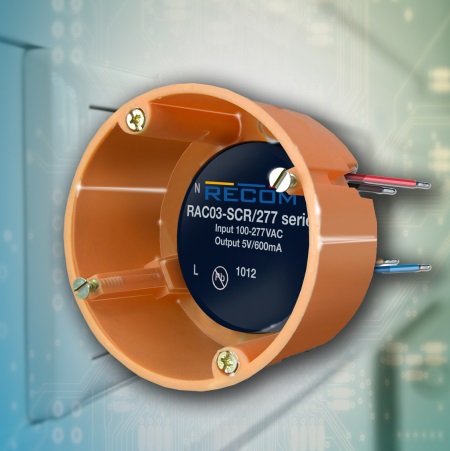Even the ecologically oriented among us have realized that the burgeoning energy revolution has a darker side. Demands for expensively produced renewable energy on the one hand and the decommissioning costs of out-of-favor atomic power plants on the other will keep electricity prices rising, not falling. So it comes as little surprise that cost-saving opportunities have taken center stage in the smart-home debate, begging the question as to whether the smart home will actually offer a good return in the view of the heavy investment required in having heating, lighting and house services all remotely controllable, and whether lifestyle benefits such as having your house plants watered and your pets fed automatically in your absence is really worth the investment. Despite these misgivings, the revolution has begun. For example, many power supply companies have started providing smart-meter modules that also deliver information on usage behavior. Consumers will save more once they know how much energy they're using and for what — at least that's the theory, but whether this will still hold true once the novelty has worn off remains to be seen.

Maybe smart homes will solve our problems with energy efficiency, but we still have a long way to go. All of our home electronics run internally on dc, so efficient PSUs will play an essential role in making any significant reduction in overall power consumption.
Traditional homes – a waste of energy
Take a close look, and you'll see that the smart home of today has one serious weakness: While the big electricity-consuming equipment such as air conditioners, ovens, washing machines, and water heaters are turned off when not needed, there are many electronic appliances that are always on, mostly sitting in standby mode until you get home. All these appliances — whether they be garage door openers, TV sets, sound systems, computers, or coffee makers — each draw power from their own power supply units (PSUs), with each supply geared toward maximum efficiency at full load conditions. But although you could entertain your entire neighborhood with your high-fidelity sound system, you normally wouldn't actually do that maybe more than a few times a year; that means that your hi-fi PSU is mostly running on idle with horrendously poor efficiency. Because a well-equipped household will have a total of 50 separate power supplies or more, standby energy losses can quickly add up to hundreds of watts.
A far more efficient solution would be a central dc-grid supply that would power all of your home electronics appliances, as one large PSU wastes less energy than many separate ac/dc converters. But while we wait for this technology to be standardized and introduced, we can start the green energy process with alternative solutions such as highly efficient mini-PSUs.
Saving electricity on standby
There wasn't much of a market for mini-PSUs even just a few years ago, but now a niche market has grown for products running on milliwatts of power in standby — a development initially spurred on by the European Union's EuP (energy-using products) directive that only permits standby and soft-off modes for appliances with This directive forced manufacturers to redesign standby electronics in new products. For example, quality PSUs in sound systems typically draw more than 10 W in standby mode, but by adding a low-power standby supply and controlling the main PSU via a relay, this consumption can be reduced by a factor of 10.
Many small electronic devices in home and office settings are also far more efficient today – devices such as controllers, sensors or displays can be easily run on mini-PSUs supplying only a few watts of power. With careful design, a 3-W mini-PSU can be made with idle consumption values of only 30 mW (see Fig. 1 ) – around a sixteenth of the value specified in the EuP Directive for standby-mode consumption.

Fig. 1: Good efficiency at medium load and low idle consumption play a key role in mini-PSU efficiency.
We often ignore the importance of idle consumption in choosing a low power ac/dc supply, but PSUs often operate far longer at no load than full load. Datasheet efficiency is always measured at full load, which is only one side of the coin — the other is keeping the efficiency level consistently good over all the typical operating conditions.
3-W PSU for dc from the wall outlet
State-of-the-art smart home solutions are becoming increasingly complex and decentralized – for example devices such as intelligent contact-free switches that react to gestures in setting the lighting or heating levels, or door openers with built-in fingerprint readers, or wall outlets with intelligent power monitoring and control all run independently with their own memory and control software and communicate wirelessly with other devices. As they are not wired, they must be powered either from batteries or from a local supply. But who wants trailing power supply cables for a wireless device?
Recom has launched a series of regulated mini-PSUs onto the market — the RAC03-SCR/277 series (see Fig. 2 ) — designed for easy, quick installation into ordinary wall outlets due to their extremely thin, flat, shape. These discs are just 11 mm (7/16 in.) thick, and are easy to install behind switches and cover plates to give you dc right out of the wall.
These “hockey puck” power supplies have an excellent efficiency value of 78% at the full 3-W power rating and yet still deliver 75% efficiency at only 10% load. They can be used anywhere in the world as they work on an input voltage range between 85 and 305 Vac, covering 100, 115, 230, and 277 Vac. These modules are available in output voltages of 3.3, 5, 12, or 24 V with current values of 900, 600, 250, or 125 mA correspondingly. At just 40-mW idle consumption, they run at a tenth of the official European requirement for standby operation. The RAC03-SCR has 3-kVac isolation, has built-in Class B EMC filters and works at ambient temperatures from –20° to +85°C. 
Fig. 2: RECOM’s 11-mm-thin power disc easily fits into any wall outlet, leaving plenty of space for switches and dimmers
The RAC03-SCR/277 series have a host of applications alongside smart-home applications, such as building automation or security and communications systems. The modules have been designed for long service lives, are both CE and UL certified, short-circuit-proof, and equipped with input spike and surge protection as well as a built-in fuse.
Society has already adopted green energy as the way forward for a sustainable future. The next step will be to start assessing how much energy we need and for what. Devising user-oriented solutions will pave the way toward real energy savings in smart homes.
Advertisement
Learn more about Recom Power





